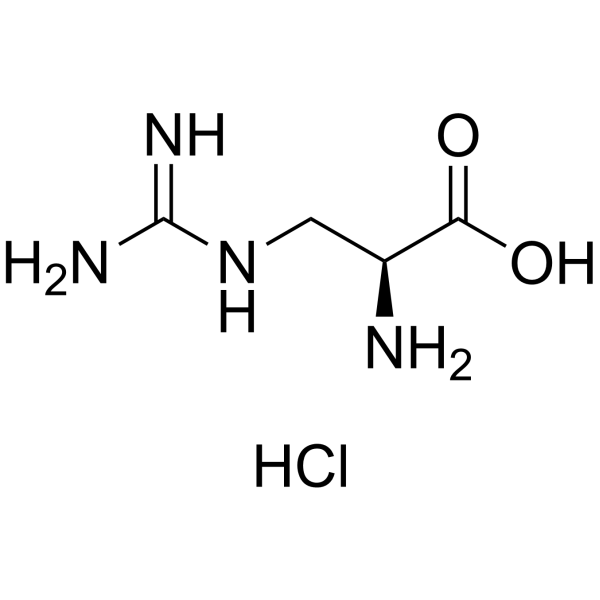| Structure | Name/CAS No. | Articles |
|---|---|---|
 |
3-Carbamimidamido-L-alanine hydrochloride (1:1)
CAS:1482-99-1 |
| Structure | Name/CAS No. | Articles |
|---|---|---|
 |
3-Carbamimidamido-L-alanine hydrochloride (1:1)
CAS:1482-99-1 |